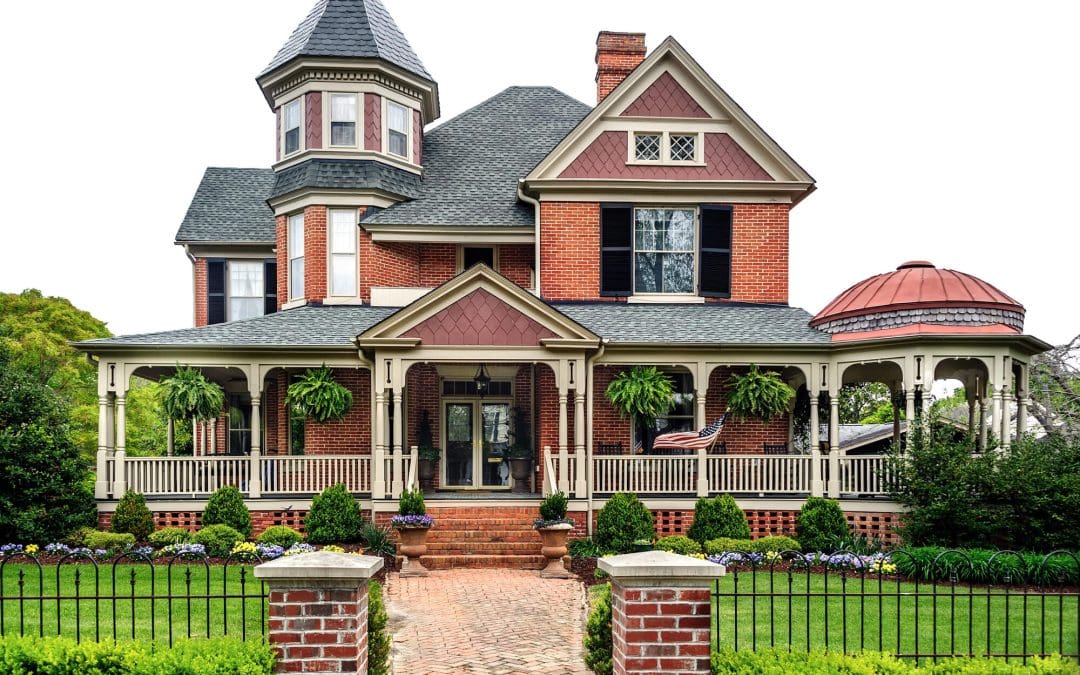Older homes have a charm you just can’t find in new construction. From the unique architecture to the sturdy craftsmanship, they often carry a sense of character that stands the test of time. But with age comes wear and tear, and if you’re considering buying an older home, or already own one, it’s essential to be aware of the common concerns that can crop up over the years. Let’s walk through some of the most frequent concerns in older homes. Don’t worry—many of these problems can be managed with the right attention and care.
Outdated Electrical Concerns in Older Homes
One of the biggest concerns in older homes is outdated electrical wiring. Homes built before the 1960s may still have knob-and-tube wiring, which isn’t up to modern safety standards. Even homes from the 1970s and 1980s might have aluminum wiring, which can pose a fire risk if not maintained properly.
You might also encounter electrical panels that are undersized for today’s needs. When these homes were built, people didn’t use as many electronic devices as they do now. So, if your home has a 60-amp panel instead of the more modern 200-amp panel, breakers might trip frequently.
Plumbing Problems
Old plumbing can be a ticking time bomb. Galvanized steel pipes, which were common decades ago, are prone to corrosion and rust on the inside. Over time, this can restrict water flow or even lead to leaks and water damage.
Cast iron drain lines are another common find in older homes. While strong, they do corrode over time and can crack, especially if tree roots have found their way into the system. Replacing plumbing isn’t a small job, but catching these issues early can save you a lot of trouble.
Foundation and Structural Concerns in Older Homes
A solid foundation is key to any home, and in older homes, it’s not unusual to find signs of settling or shifting. Cracks in walls or uneven floors don’t always mean the house is falling, but they deserve a closer look. Sometimes, these are just cosmetic issues, but other times, they point to more serious structural concerns.
Moisture in basements or crawl spaces can also weaken the foundation over time. Older homes might not have the best drainage systems, which can lead to water intrusion. It’s always a good idea to check that gutters and downspouts are working correctly and that water is directed away from the house.
Roofing and Ventilation
The roof is your home’s first line of defense against the elements, and in older homes, it’s common to find aging or worn roofing materials. If a roof is nearing the end of its life, you might notice curling shingles, leaks, or signs of past water damage in the attic.
Proper ventilation is just as important as the roofing material itself. Older homes often lack adequate attic ventilation, which can cause moisture buildup, mold, and damage to wood framing over time.
Asbestos and Lead
If your home was built before the 1980s, it may contain asbestos or lead-based paint. Asbestos was used in insulation, floor tiles, and ceiling textures, while lead paint was commonly applied to walls and trim.
These materials aren’t necessarily dangerous if left undisturbed, but they do become a health risk if they break down or if you plan to renovate. If you’re unsure whether your home has these materials, a professional inspection can give you peace of mind.
Energy Efficiency Concerns in Older Homes
Homes built decades ago weren’t designed with modern energy efficiency in mind. Poor insulation, single-pane windows, and air leaks are common. These can make it harder to keep your home comfortable and lead to higher utility bills.
While upgrading insulation or replacing windows can be a bigger investment, even small improvements like sealing gaps around doors and windows can make a noticeable difference.
If you’re considering an older home, don’t let these concerns scare you off. With the right knowledge and preparation, you can enjoy the character and craftsmanship of a classic home while keeping it safe and sound for years to come.
FAQs
Are older homes more expensive to maintain?
They can be, depending on their condition and how well they’ve been cared for over the years. The key is identifying potential problems early and budgeting for repairs or upgrades over time.
Can I make an older home as energy-efficient as a new one?
With the right upgrades—like better insulation, energy-efficient windows, and modern appliances—you can greatly improve the energy efficiency of an older home. It might not be quite as airtight as a brand-new build, but it can come close.
Is it safe to live in a home with knob-and-tube wiring or lead paint?
These materials can be safe if they’re undisturbed and in good condition. However, they do carry risks, especially if you’re planning to remodel or if the materials are deteriorating. It’s best to have a professional assess the situation.
How do I know if a home has foundation issues?
Look for signs like large cracks in the walls, doors that don’t close properly, or sloping floors. A professional home inspector can help you determine whether there’s a serious problem or just normal settling.
Should I avoid buying an older home altogether?
Not at all. Older homes can be a great investment and offer charm and quality that’s hard to find today. Just be sure to do your homework, get a thorough inspection, and go in with your eyes open.
GoPro Home Inspections provides home inspection services in Central Florida. Contact us to schedule an appointment.

